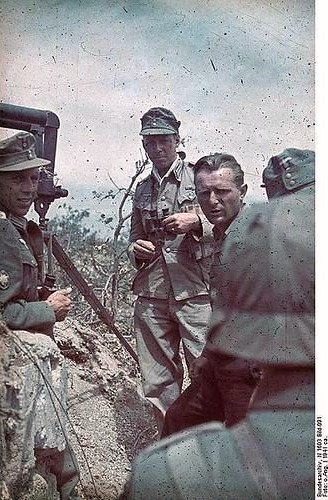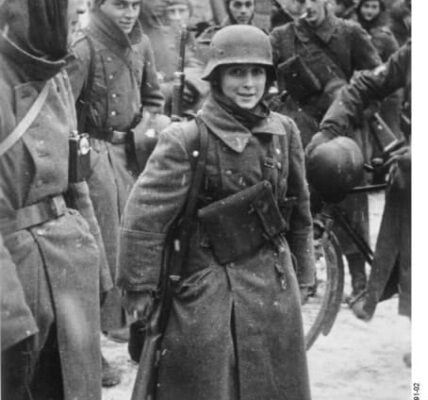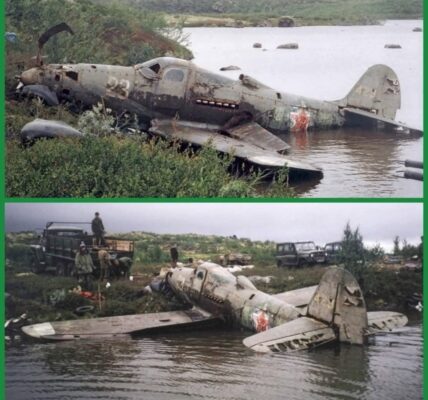
In the fall of 1941, units of the German mountain infantry moved through the rugged landscape of Crimea—a strategically important peninsula on the Black Sea. The Wehrmacht had advanced deep into Ukraine with its Army Group South, and Crimea was considered the key to controlling the southeast.
The mountain troops—specialists in difficult terrain and mountain operations—were deployed to the peninsula to operate against Soviet defensive positions in the Crimean Mountains and along the rugged coastline. Their mission was clear: to secure access to the ports, especially Sevastopol, and to cut off Soviet troops’ retreat routes.
The terrain was challenging: steep cliffs, narrow paths, and a rapidly deteriorating climate. Nevertheless, the troops moved tenaciously and disciplined through this harsh environment—carrying heavy packs, mules, and the constant threat of ambush. The fighting in Crimea was fierce and of great symbolic and strategic importance: Control of the peninsula would pave the way for further operations toward the Caucasus.
The presence of the mountain infantry in Crimea today exemplifies the deployment of highly specialized troops in a war that no longer had clear front lines. Their traces are lost in the mists of history – between coastal winds, stone paths, and the shadows of a merciless campaign.




